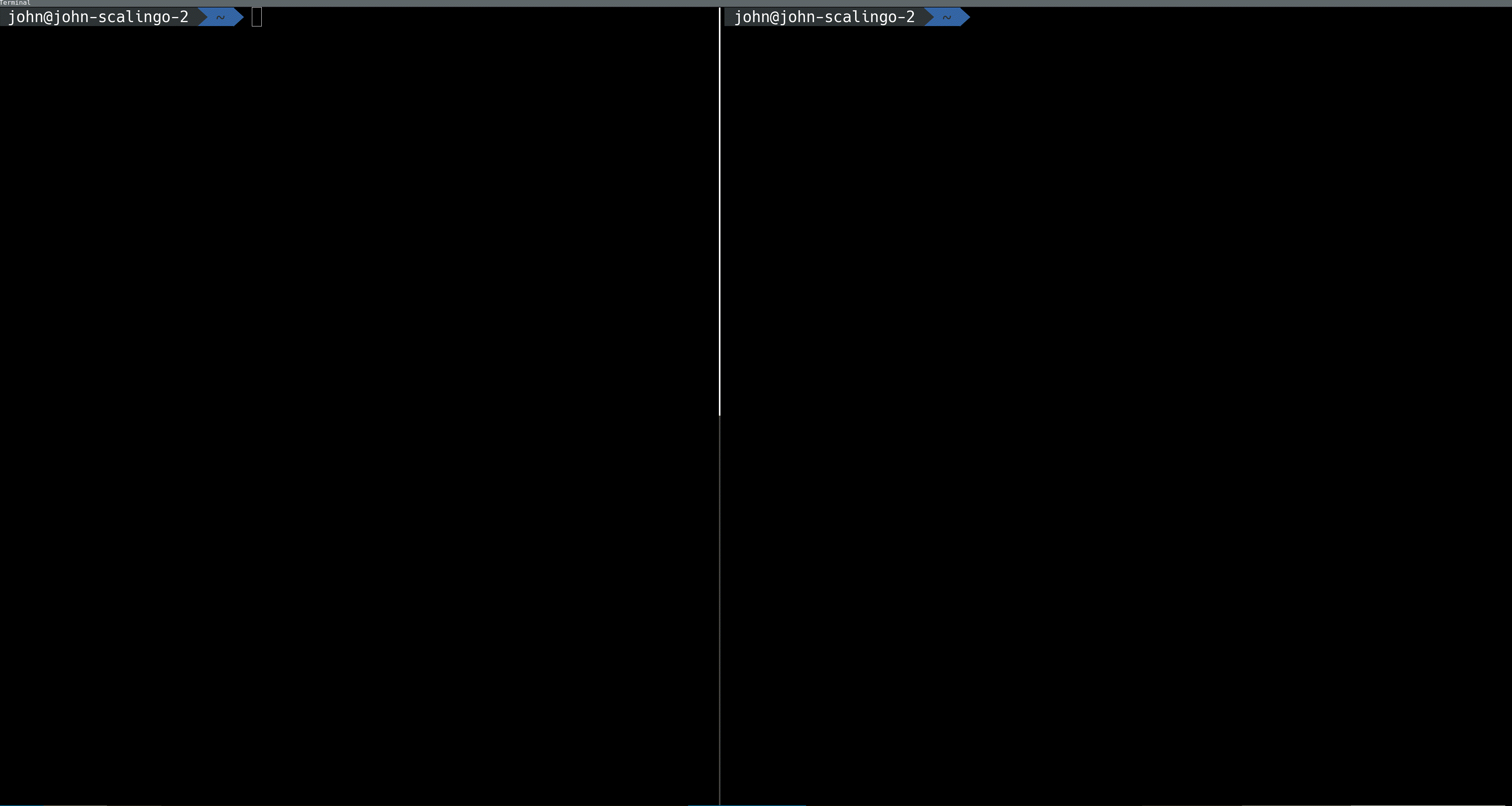Link is not Keepalived
LinK is a networking agent that will let multiple hosts compete to get a lock on a shared resource. This is usually a virtual IP.
LinK will perform an election between all the hosts that are sharing the same election key and then notify the winner and losers of that elections. Depending on the Output plugin used this can then be translated to multiple actions. The most usual action is to manage failover between hosts by moving a virtual IP or DNS domains.
The election is performed using etcd lease system and other hosts on.
When using the ARP plugin, this network is informed of the current IP owner using gratuitous ARP requests (see How do we bind IPs?).
To ease the cluster administration, LinK comes with it's own CLI.
- KISS: our goal is to follow the UNIX philosophy: "Do one thing and do it well". This component is only responsible of the IP attribution part. It will not manage load balancing or other higher level stuff.
- At any given time on the cluster there must always be at least one server where the endpoint associated to the same election key is activated.
** No central manager** Each agent only have knowledge of their local configuration. They do not know nor care if other IP exists or if other hosts have the same IP configured. The synchronization is done by creating locks in etcd.
** Fault resilience** If for any reason something went wrong (lost connection with etcd) LinK will always try to have at least one host this means that if one agent fails to contact the etcd cluster it will take the IP.
In order to be able to run LinK, you must have a working etcd cluster. Installation and configuration instructions are available on the etcd website.
LinK uses etcd v3 API and makes use of
LeaseValuecomparison in transactions. Hence you need etcd version 3.3.0 or higher.
The easiest way to get LinK up and running is to use pre-build binary available on the release pages.
Each LinK agent can be in any of these three states:
ACTIVATED: This machine is the one holding the election keySTANDBY: This machine does not own the election key but is available for electionFAILING: Health checks for this host failed, this machine is not available for electionBOOTING: The VIP just started to join the cluster and is waiting for an election
At any point five types of events can happen:
fault: There was some error when coordinating with other nodes.elected: This machine was elected to own the election key.demoted: This machine just lost ownership of the election key.health_check_fail: The health checks configured with this endpoint failed.health_check_success: The health checks configured with this endpoint succeeded.
This is what the state machine looks like:
LinK configuration is entirely done by setting environment variables.
HOSTNAME: Name of the host.USER: Username used for basic authPASSWORD: Password used for basic authPORT(default: 1313): Port where the LinK HTTP interface will be availableKEEPALIVE_INTERVAL: Duration of the lease given to a VIP. If a node is down, it can take up to KEEPALIVE_INTERVAL seconds to failover.KEEPALIVE_RETRY: Number of communication errors with etcd needed before considering the etcd cluster down.HEALTH_CHECK_INTERVAL: Interval between two health check queries.HEALTH_CHECK_TIMEOUT: Max duration of a health check.FAIL_COUNT_BEFORE_FAILOVER: Number of failed health checks needed before failing over.ETCD_HOSTS: The different endpoints of etcd membersETCD_TLS_CERT: Path to the TLS X.509 certificateETCD_TLS_KEY: Path to the private key authenticating the certificateETCD_CACERT: Path to the CA cert signing the etcd member certificatesPLUGIN_ENSURE_INTERVAL: When an endpoint is ACTIVATED, time between two run of the plugin control loop.PLUGIN_ENSURE_MAX_BACKOFF_INTERVAL: Maximum time between two run of the plugin control loop if the previous one failed.ARP_GRATUITOUS_INTERVAL: (DEPRECATED: Use PLUGIN_ENSURE_INTERVAL)MAX_NUMBER_OF_ENDPOINTS: (default: 1000) The maximum number of endpoints that can be configured on that LinK instance. Setting it to -1 disable the limit.
GET /ips: List all currently configured IPsPOST /ips: Add an IPGET /ips/:id: Get a single IPDELETE /ips/:id: Remove an IPPOST /ips/:id/failover: Trigger a failover on this IP (can only be launched on the master)
- ARP Plugin: This plugin manages IPs and announces them on the local network using ARP.
- Outscale Public IP Plugin: This plugin manages the Outscale Public IPs.
Some plugins can store credentials. Those credentials are stored encrypted at rest in the etcd database.
If you need to rotate the credentials, proceed using the following procedure:
Note: This procedure only rotate the encryption key on one host, if you need to rotate it on multiple hosts, you'll need to perform this once per host.
- Modify LinK environment variables:
SECRET_STORAGE_ALTERNATE_KEYS: The old encryption keySECRET_STORAGE_ENCRYPTION_KEY: The new encryption key
- Restart LinK
- Run the following command:
link-client rotate-encryption-key - Remove the
SECRET_STORAGE_ALTERNATE_KEYSenvironment variable. - Restart LinK
To make it work in dev you need to create dummy interfaces which will be manipulated by LinK to simulate failover.
The best way is to use systemd to automate this setup:
for idx in 10 11 12 13 14; do
echo "[NetDev]
Name=eth${idx}
Kind=dummy" | sudo tee "/etc/systemd/network/10-sc-dummy-eth${idx}.netdev"
done
echo "[Match]
Name=eth1*
[Link]
ActivationPolicy=up" | sudo tee "/etc/systemd/network/11-sc-dummy-activation.network"Then run systemctl restart systemd-networkd to activate them immediately.
If you're not using Systemd or want to do the setup manually, the script
hacks/setup_dummy_netlink_interfaces.sh can be executed as root to manually
create eth10, eth11, eth13, eth14 and eth15.
Bump new version number in:
CHANGELOG.mdREADME.md
Commit, tag and create a new release:
version="3.2.0"
git switch --create release/${version}
git add CHANGELOG.md README.md
git commit --message="Bump v${version}"
git push --set-upstream origin release/${version}
gh pr create --reviewer=EtienneM --fill-firstOnce the pull request merged, you can tag the new release.
git tag v${version}
git push origin master v${version}A GitHub Action will create the release.

